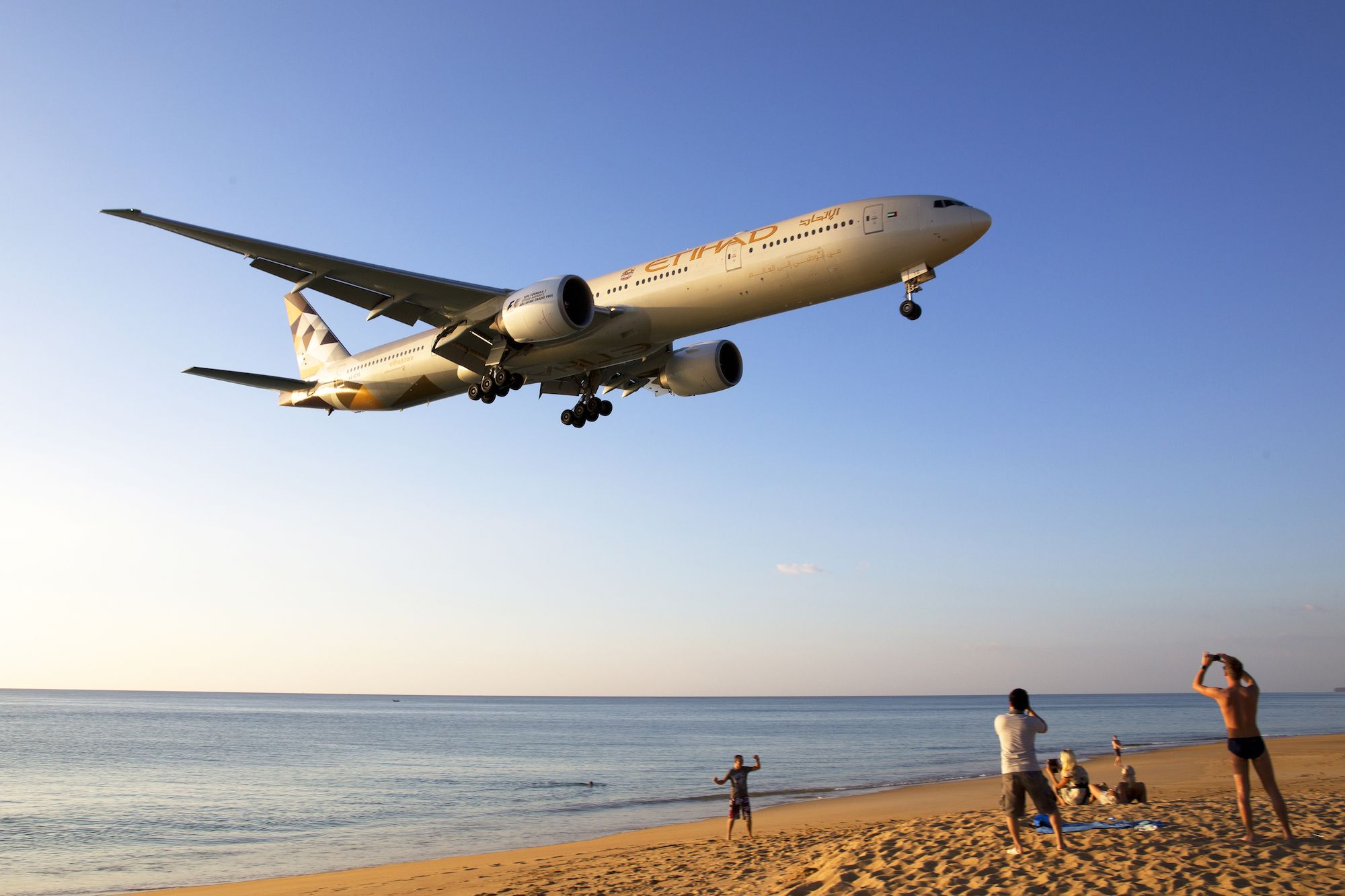From the pioneering days of aviation to the modern era of sleek Boeing Dreamliner, airplanes have undergone remarkable transformations. Amidst these advancements, there are intriguing facts about airplanes that often go unnoticed. Delve into the world of aviation as we uncover 11 surprising facts that might just leave you astounded.
01. Lightning Strikes: A Regular Occurrence
Contrary to common perception, airplanes are designed to withstand lightning strikes and are struck regularly. Despite this, the last airplane brought down by lightning was in 1967, highlighting the efficacy of engineering measures that allow electric charges to dissipate harmlessly.
02. Safety Myth: The Safest Seat
Dispelling the myth of the safest seat on the plane, studies suggest that middle seats in the back of the aircraft exhibit the lowest fatality rates in crashes. However, the multitude of variables involved makes it impossible to determine an unequivocally safest seat.
03. Hidden Comfort: Crew Bedrooms
To combat fatigue during long-haul flights, some airplanes feature secret bedrooms for the flight crew. These cozy quarters offer respite amidst demanding schedules, ensuring crew members are well-rested for their duties.
04. Tire Durability: Designed for Resilience
Airplane tires are engineered to withstand tremendous weight loads and repeated landings. Inflated to six times the pressure of car tires, they boast remarkable durability, allowing for hundreds of landings before needing replacement.
05. Illuminating Landing: Dimmed Lights
Dimming cabin lights during night landings serves a crucial purpose: to allow passengers’ eyes to adjust to the darkness in the event of an emergency evacuation. This precautionary measure enhances passenger readiness for swift evacuation procedures.
06. Engine Redundancy: Flying on One Engine
Every commercial airplane is equipped to safely fly with just one engine—a testament to meticulous design and rigorous testing. Extended-range Twin-engine Operations (ETOPS) certification ensures planes can navigate long distances even with engine failure.
07. Ashtrays: Relics of the Past
Despite smoking bans, airplane lavatories still feature ashtrays. This relic serves as a safety precaution, encouraging smokers to dispose of cigarette butts safely and minimize fire hazards.
08. Window Secrets: Preserving Cabin Pressure
Tiny holes in airplane windows regulate cabin pressure, ensuring the integrity of multiple window panes. This engineering marvel safeguards against the loss of cabin pressure and ensures passenger safety.
09. Taste Alteration: Airplane Environment
Environmental factors within airplanes alter the perception of taste, diminishing the intensity of sweet and salty flavors. Understanding these nuances can inform meal choices and enhance the in-flight dining experience.
10. Oxygen Masks: Limited Lifespan
Oxygen masks deploy in the event of cabin pressure loss, providing approximately 15 minutes of breathable air. Rapid descent procedures mitigate the need for prolonged oxygen use, ensuring passenger safety.
11. Contrail Composition: Water Vapor
Contrails, the white trails left by airplanes, consist of water vapor emitted by aircraft engines. This natural phenomenon mirrors the condensation of breath on cold days, offering a glimpse into the atmospheric dynamics of flight.

